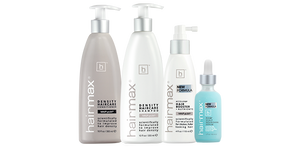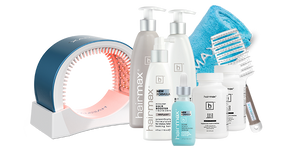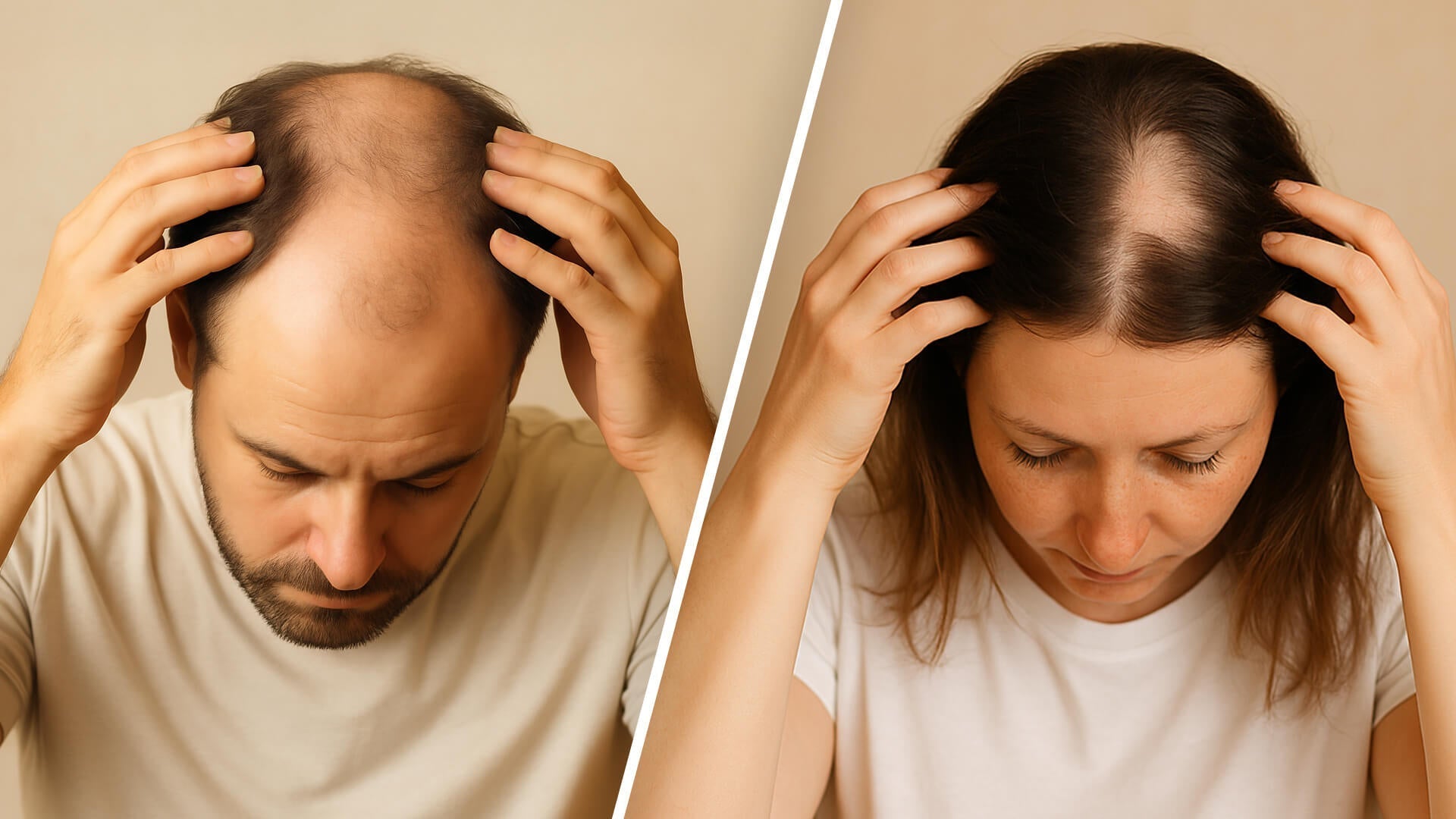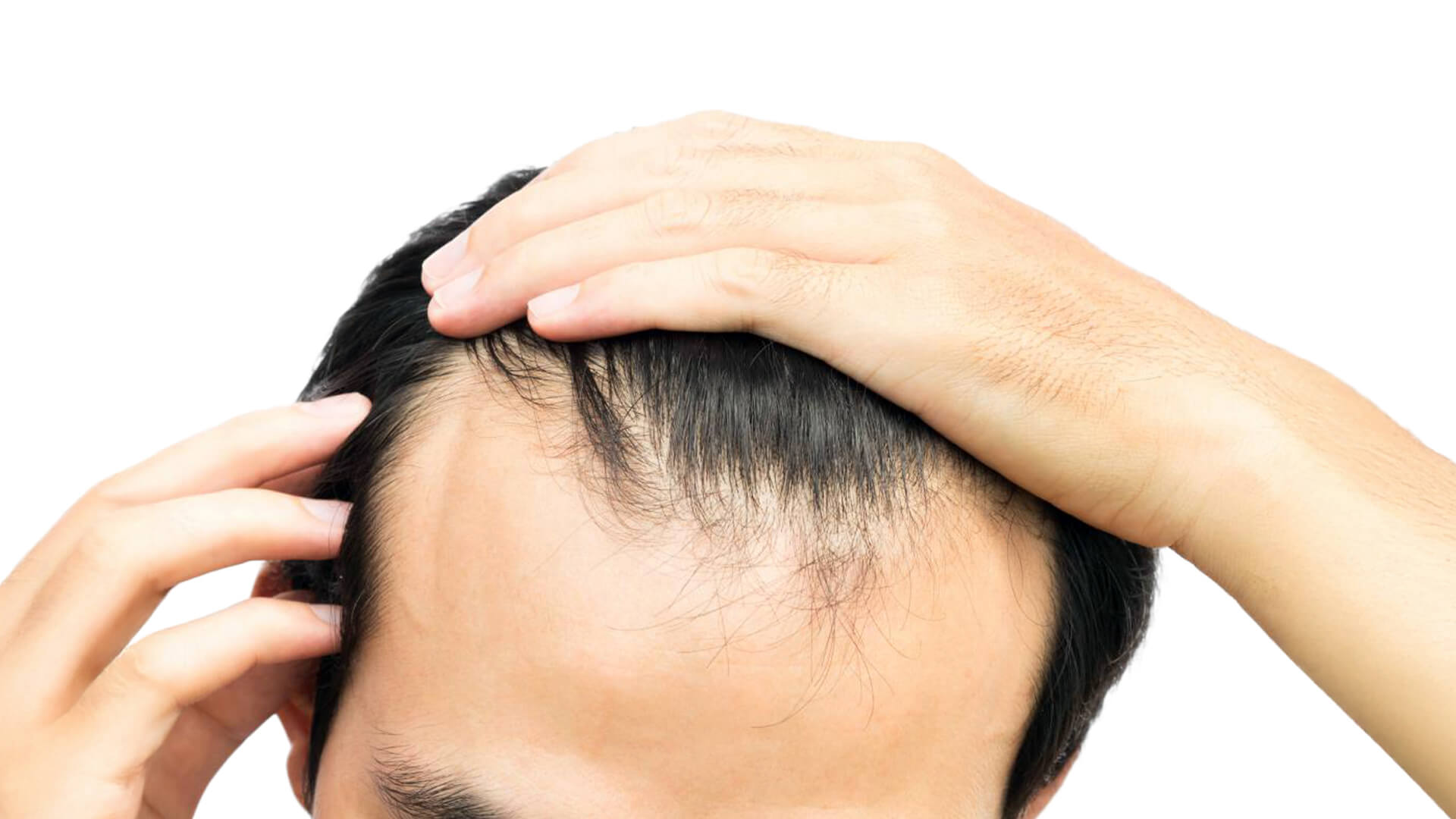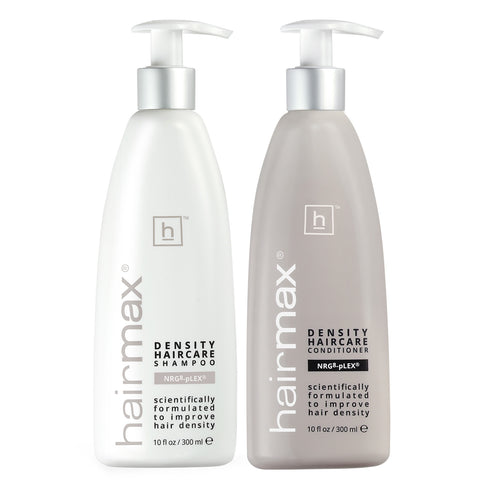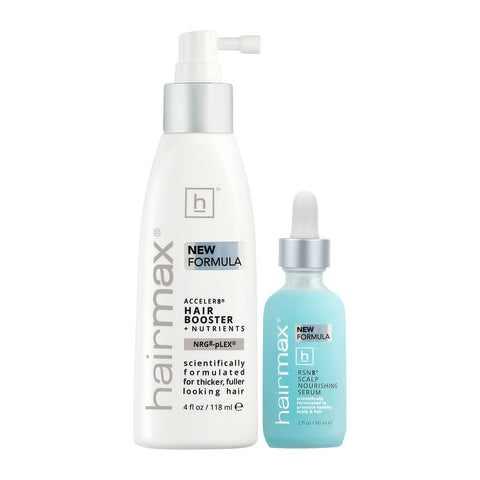For as long as people have been experiencing hair loss, there’s naturally been a demand for hair loss remedies. For many men and women, the motivation for seeking a solution is about much more than the aesthetic impacts of hair loss. It’s about restoring their sense of identity. After years of research, trials, and technological advancements, the hair care and hair regrowth industries have come a long way, offering convenient, effective, and lasting solutions to men and women.
We’re going to take a look at the evolution of hair regrowth therapies, beginning with the earliest solutions to the latest in hair regrowth technology.
Why Is Hair Loss Treatment So Difficult?
As we’ll see, it took a long time before any viable hair loss treatment was suitable for humans, and there’s a simple reason for this: it’s a tricky condition to treat. There are many reasons someone may lose their hair; it could be genetic, because of lifestyle factors, or as a result of a medical condition. Each cause may require a different type of treatment. As such, it has taken decades to understand hair thinning or hair loss scientifically and to know the keys to regrowing hair.
Early Days
It was only in the mid 20th century that hair loss treatments became available to the public for purchase. There was only one slight issue: they didn’t work. Much of the solutions from that era came in the form of oils and creams, or “technology” that seemed advanced but had no effect on halting hair loss. In the absence of any helpful solution, many people turned to the next best thing: covering up their baldness with a combover or wearing a wig. Thankfully, there has been much progress since the early days as we now have several remedies available to us.
Regrowth Serums
As long as there have been commercially focused laboratories, there have been serums and creams that consumers can apply to their scalps. By and large, these products offer only moderately successful results. At the moment, the most popular products are finasteride and minoxidil, which have been shown to be beneficial for men, and slightly useful, in the right circumstances, for women.
Surgical Hair Transplants
There’s been a rise in surgical hair transplants in recent years. This is the process of harvesting hair from the donor area of the head, namely the back of the head, and surgically transplanting it to the troubled areas such as the temple, the front hairline, and, of course, the thinning hair on the crown. While it can be effective, it can be costly. Additionally, if the hair begins to recede further, then the person will need to have more such transplants and with a limited number of viable hairs in the donor area, hair transplants can be limited. Furthermore, this treatment method generally isn’t suitable for women.
Low-Level Laser Therapy
Our understanding of hair loss and the technological improvements to combat it have come a long way, and one treatment encapsulates this better than any other: low-level laser therapy. It has been scientifically shown that laser treatments with devices such as laser caps or hats, laser bands or combs, in addition to being convenient and easily added to a person’s daily or weekly routine, are far more effective in reversing hair miniaturization and, therefore, aiding in hair regrowth.
Laser hair treatment stimulates hair regrowth through the process of photobiostimulation. One of the reasons this type of treatment is effective is it takes a five-pronged approach to hair growth. It increases the production of Adenosine Triphosphate, which gives energy to hair follicles, it helps to send more nutrients and oxygen to cells and increases blood circulation, which helps remove DHT—a major contributor in hair loss—from the body, it helps to reduce the miniaturization of hair follicles and stimulates cell proliferation.
There is, in fact, a lot of optimism surrounding the potential for low-level light therapy in preventing hair loss. Though this is in its research phase, the hope in the scientific community is to keep hair from thinning in the first place.
Exosomes For Hair Regrowth
There’s also a lot of excitement surrounding exosomes for hair regrowth. Much progress has been made in this area in the last year because, of all things, the coronavirus pandemic. Exosome hair regrowth uses mRNA, which the coronavirus vaccines also use. This is essentially the act of telling cells how to act. So you can, in theory, tell a hair cell to grow. Exosomes are essentially small protein particles that are released from stem cells that give them the ability to regenerate new tissue, including hair follicles.
Topical Treatments For Hair Thinning
There’s hope that some new topical creams for hair thinning may hit the market in the near future. There are two products in particular that are the focus of hair loss experts. One is FOL-005, an osteopontin based product. However, this treatment will likely only be for men. The other product is Breezula, which aims to combat DHT in the body without causing the side effects that other products produce. At the moment, all the studies for Breezula have been on men, but they expect to make it available for women as well.
There is also, of course, the most popular topical treatment already available in the market and widely used by men and women around the world: Minoxidil. We covered this topic extensively in our article on Minoxidil & Low-Level Laser Therapy: A Match Made For Hair Growth.
Improving Density
Some people don’t necessarily need to regrow a full head of hair, they just need their hair to be denser. There are several products that help to improve hair density, though not all are created equal. The most popular such products come in the form of shampoos such as Hairmax®’s Density STIMUL8 Shampoo, conditioners such as Hairmax®’s Density EXHILAR8 Conditioner, and hair density-boosting serums such as Hairmax®’s Density ACCELER8 Hair Booster + Nutrients, all of which are clinically developed to help support and encourage healthy hair growth. They are made using a blend of bio-active complexes and natural ingredients, such as reishi, caffeine, and Indian gooseberry, among others. Learn more about each product and their ingredients on the Hairmax® product density page.
The Present & The Future Of Hair Regrowth
Through years of research and technological advancements, there has been much progress, and today, there are plenty of treatment options available for people experiencing hair loss. As with anything else, though we wait for another breakthrough, there is currently no ultimate solution or a one size-fits-all. As such, we have developed a short assessment quiz to help our visitors find the right product for their individual hair loss stage. Simply answer a few short questions and you’ll be given our recommendation to best help you combat hair loss. Get started here: Hairmax® Assessment.

